Runners take over the Campus!
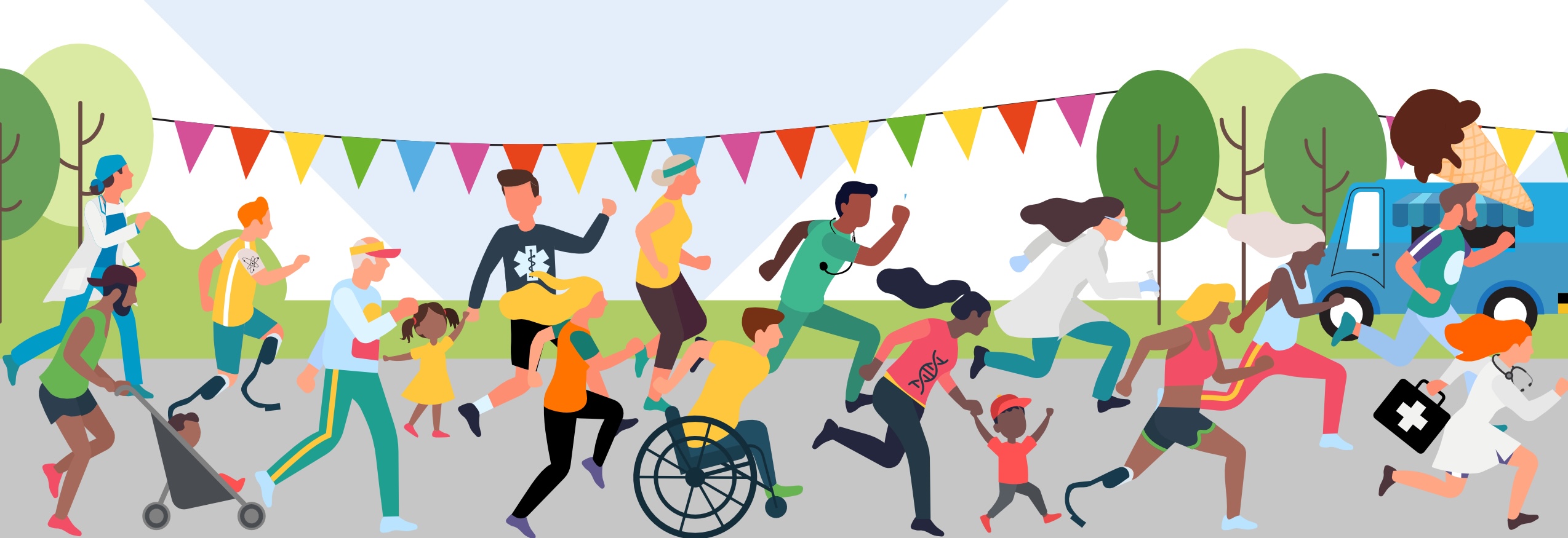
First Cambridge Biomedical Campus 5km, 10km and Fun Run proves a runaway success
On Sunday, almost 700 runners, joggers and walkers of all ages took part in the first Cambridge Biomedical Campus 5km, 10km and Fun Run.
The event, which was raising money for British Heart Foundation, was organised by Cambridge Biomedical Campus Ltd, a non-profit partnership of the health, research, life science and education organisations on the Campus. It also had sponsorship from Prologis.
The event raised £4,500 for the British Heart Foundation. Runners also raised more than £7000 for the Royal Papworth Charity, whilst Adam Mayes, who works at the Laboratory of Molecular Biology, has raised over £1000 for Bike the UK for MS by running dressed as a bee.
The Cambridge Independent came along and have uploaded some photos on their website.
See our upcoming events on CampusNick Kirby, Managing Director of Cambridge Biomedical Campus Ltd, said:
“We run events for staff and the public because we are proud to bring the community together on the Campus and show it’s not just somewhere to come when you are visiting a hospital or going to work. The event had a real buzz and we had almost 700 participants, including 149 in the free kids fun run, raising thousands of pounds for our charity partners whilst supporting people to stay active.”

About the medal
Everyone who completed the Cambridge Biomedical Campus 5k, 10k or Fun Run got their hands on a very cool looking medal. But do you know what the design is based on?
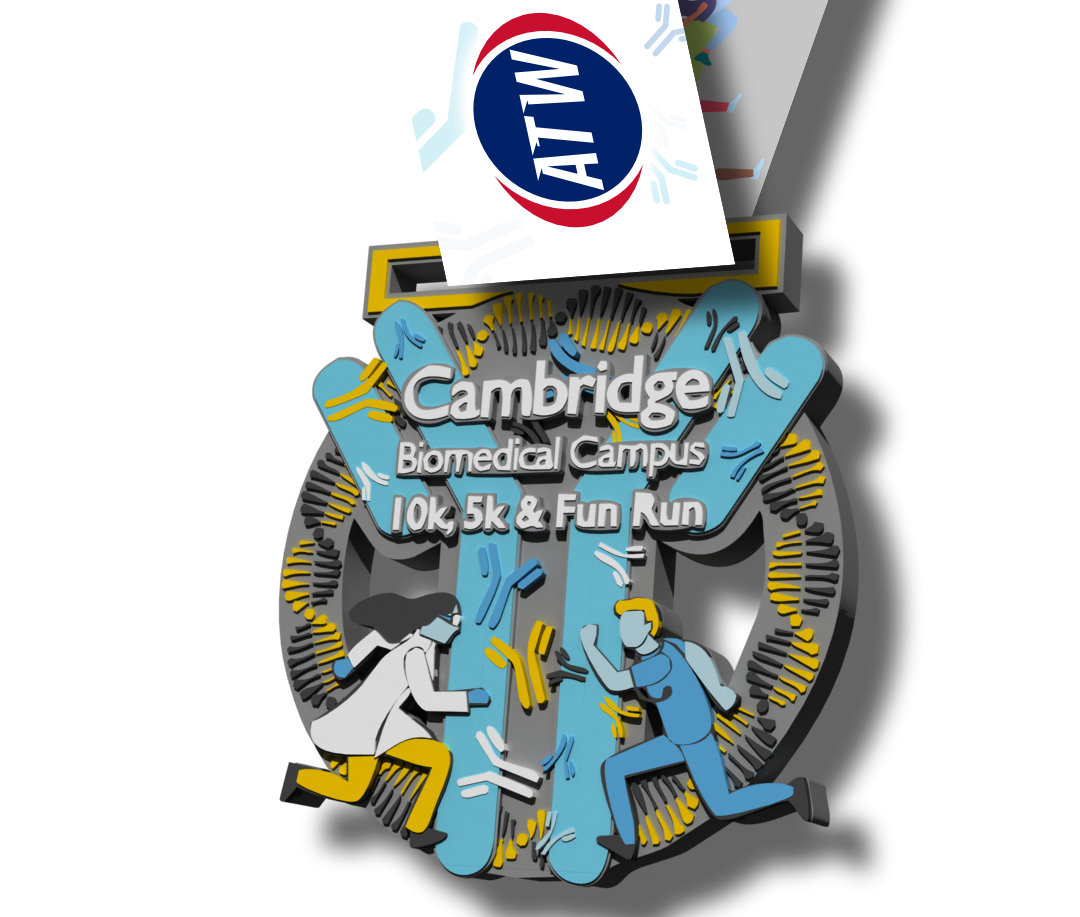
Health and science – collaboration at the core of our Campus
The medal has both a scientist and a healthcare professional to symbolise how different organisations on the Campus work together to deliver breakthroughs and innovation to benefit patients and improve health.
DNA: the ‘secret of life’
The pattern around the edge is a double helix, representing the structure of DNA, which was discovered in 1953 by Dr Watson and Dr Francis Crick in Cambridge’s Cavendish Laboratory, following on from the experiments of Rosalind Franklin. This breakthrough – pinpointing how our genetic code is passed from parent to child – has led to world-changing advances in many fields, not least in biological research and our understanding and treatment of inherited diseases.
Monoclonal antibodies: the Nobel Prize-winning technology behind a third of the world’s drugs today
The blue shape in the centre is that of a monoclonal antibody, a technology which was developed right here on the Biomedical Campus at the MRC Laboratory of Molecular Biology (the LMB), which is behind a third of the world’s new drugs today.
Back in the early 1960s, scientists knew that antibodies played a key role in fighting disease by recognising and latching onto any harmful invaders (antigens), but they didn’t understand how they did it.
Argentinian scientist César Milstein began work at the newly opened LMB on what would become the Campus. He wanted to understand how the body generates billions of different antibodies and how the immune system selects the right antibody to fight the invader.
The first big breakthrough came in 1974, when César, his colleague Georges Köhler and laboratory technician Shirley Howe found a way to produce large quantities of identical antibodies for lab work. That’s also where the first Nobel Prize comes in: César Milstein and Georges Köhler were awarded the Prize for Medicine in 1982.
But there was a problem. Because the antibodies had been derived from mice, they were difficult to use in human therapeutics because the human immune system had anti-mouse reactions.
In the late 1980s, following in César’s footsteps, Greg Winter and Michael Neuberger also at the LMB, began to explore various solutions to the rejection issue.
Greg developed what’s called the phage display method, which effectively is a way of using genetic engineering to create an artificial immune system that can select the desired human antibodies out of large pools in a test tube.
Together with David Chiswell he founded Cambridge Antibody Technology in 1989, to generate human monoclonal antibodies that could be developed as drugs to fight disease.
That’s where the second Nobel Prize comes in: Greg was awarded the Chemistry Prize in 2018.
The technologies developed by Greg Winter and Michael Neuberger have been used in the development of over half of the marketed antibody therapies for conditions including multiple sclerosis, leukaemia, asthma, arthritis, psoriasis, transplant rejection and breast cancer, with dozens more in late-stage clinical trials. More than 1.4m people with rheumatoid arthritis around the world have been prescribed Humira, the best-selling drug on Earth.
Monoclonal antibodies don’t just treat disease, they can detect it too. They’ve been used in cancer diagnosis; HIV diagnosis, blood group tests, transplant compatibility, pregnancy tests and even COVID lateral flow tests.
The LMB didn’t develop the technology in isolation, there were collaborations with the University of Cambridge, Cancer Research UK, AstraZeneca-MedImmune, all taking the technology, adding value, passing it on to the next team. It’s a story of what can happen with world-class scientists working across organisations to push scientific discovery to make life-changing breakthroughs.
The LMB’s discoveries have generated £600m for the Medical Research Council, which has been ploughed back into scientific research.
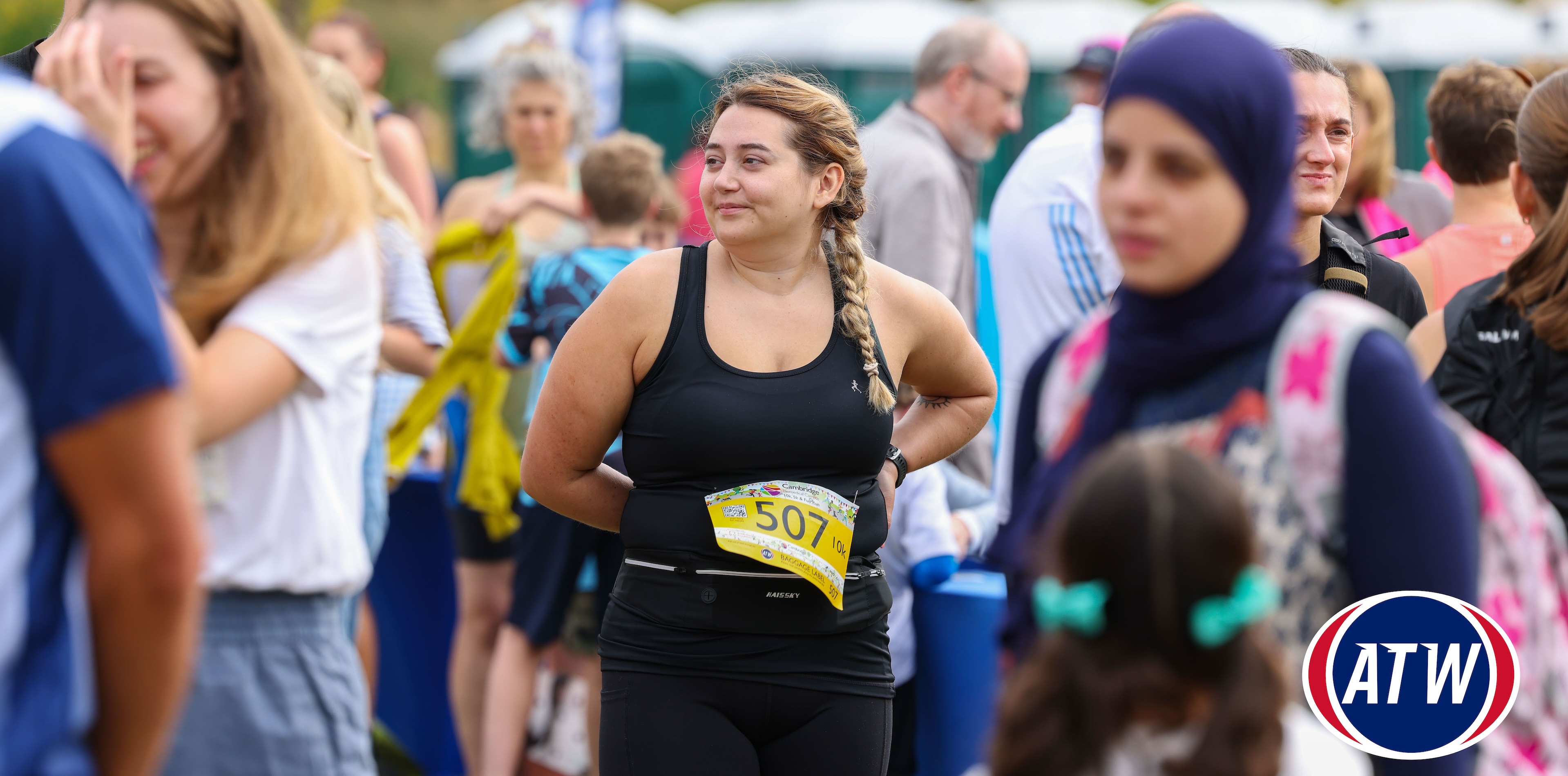
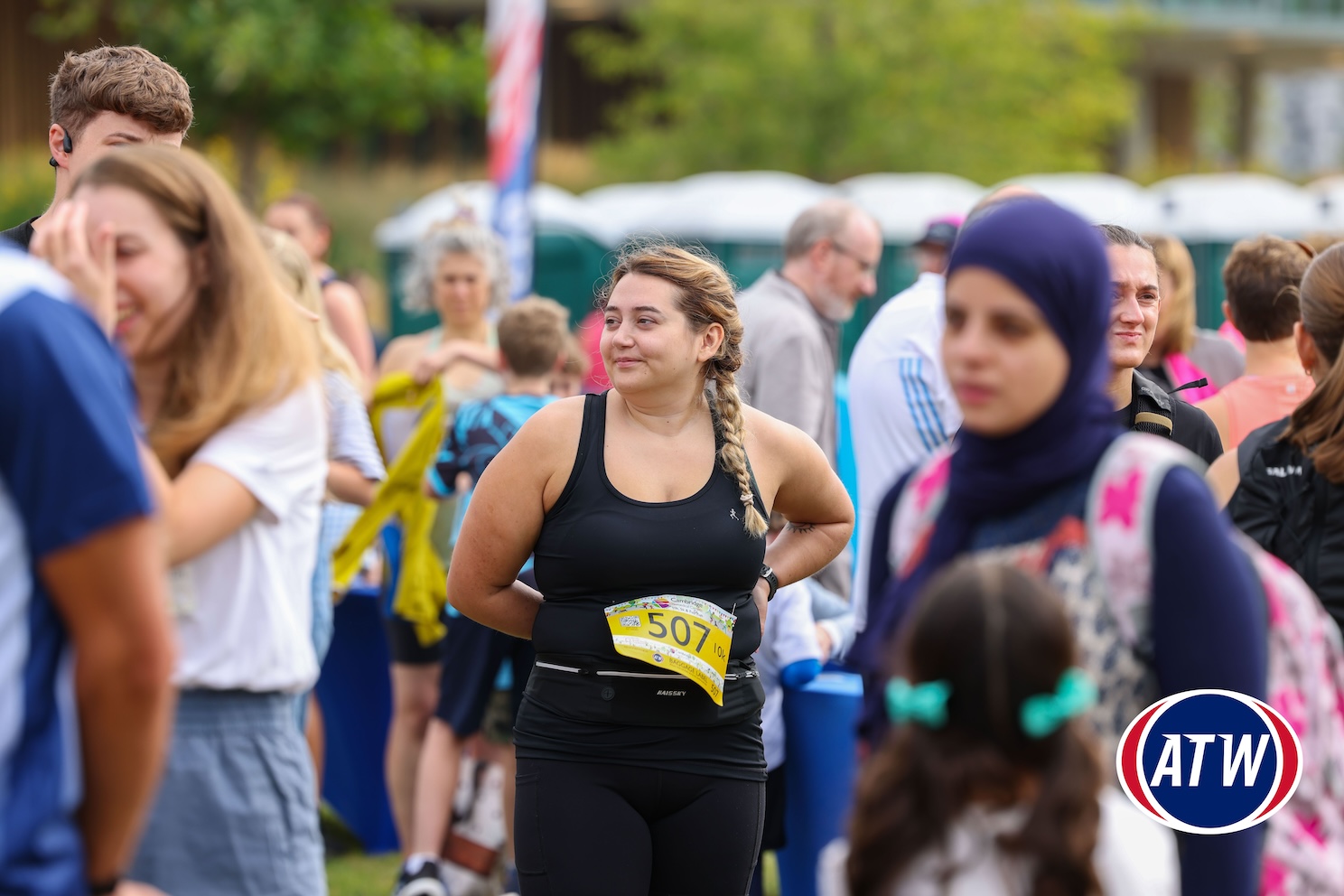
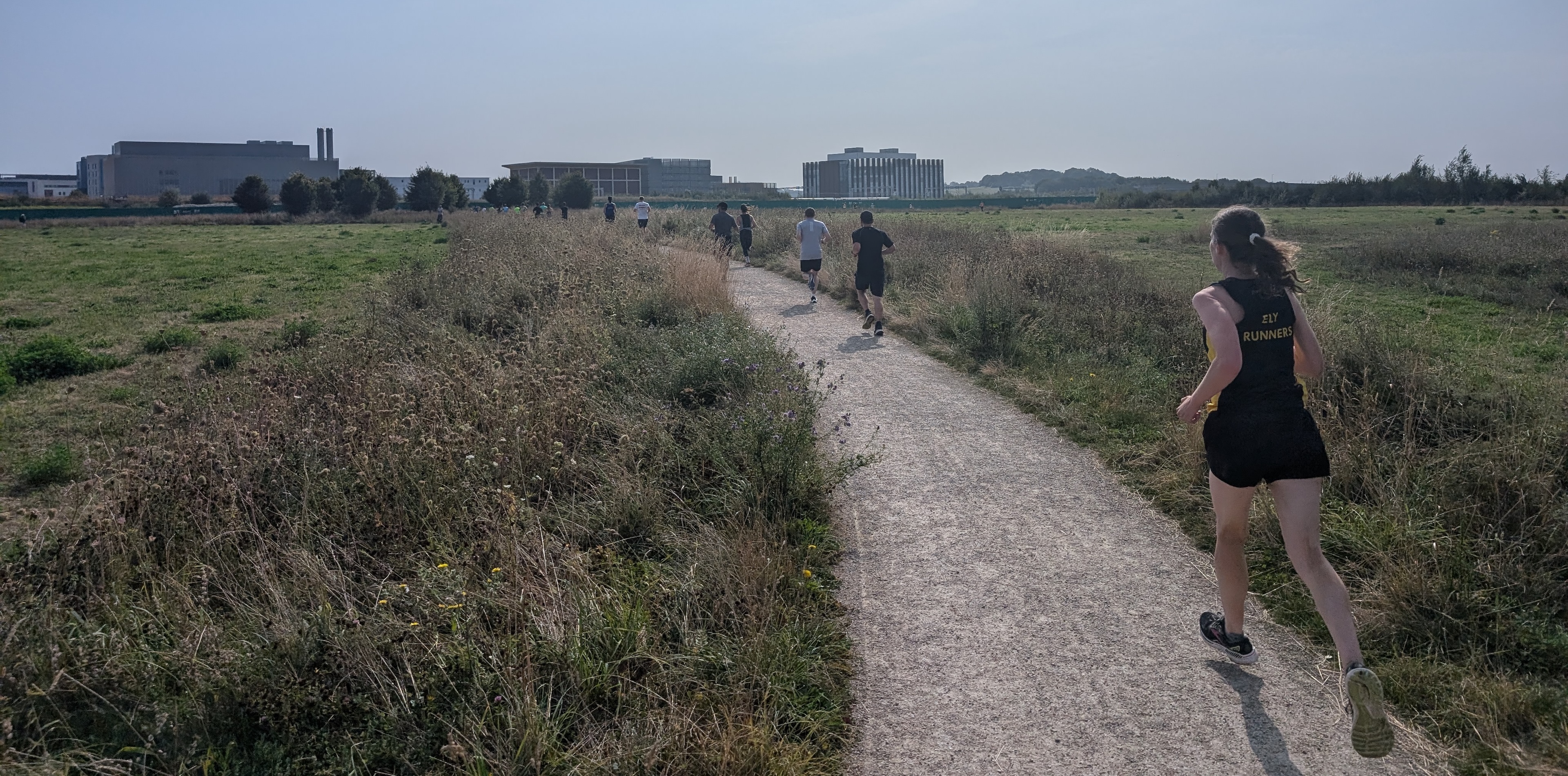
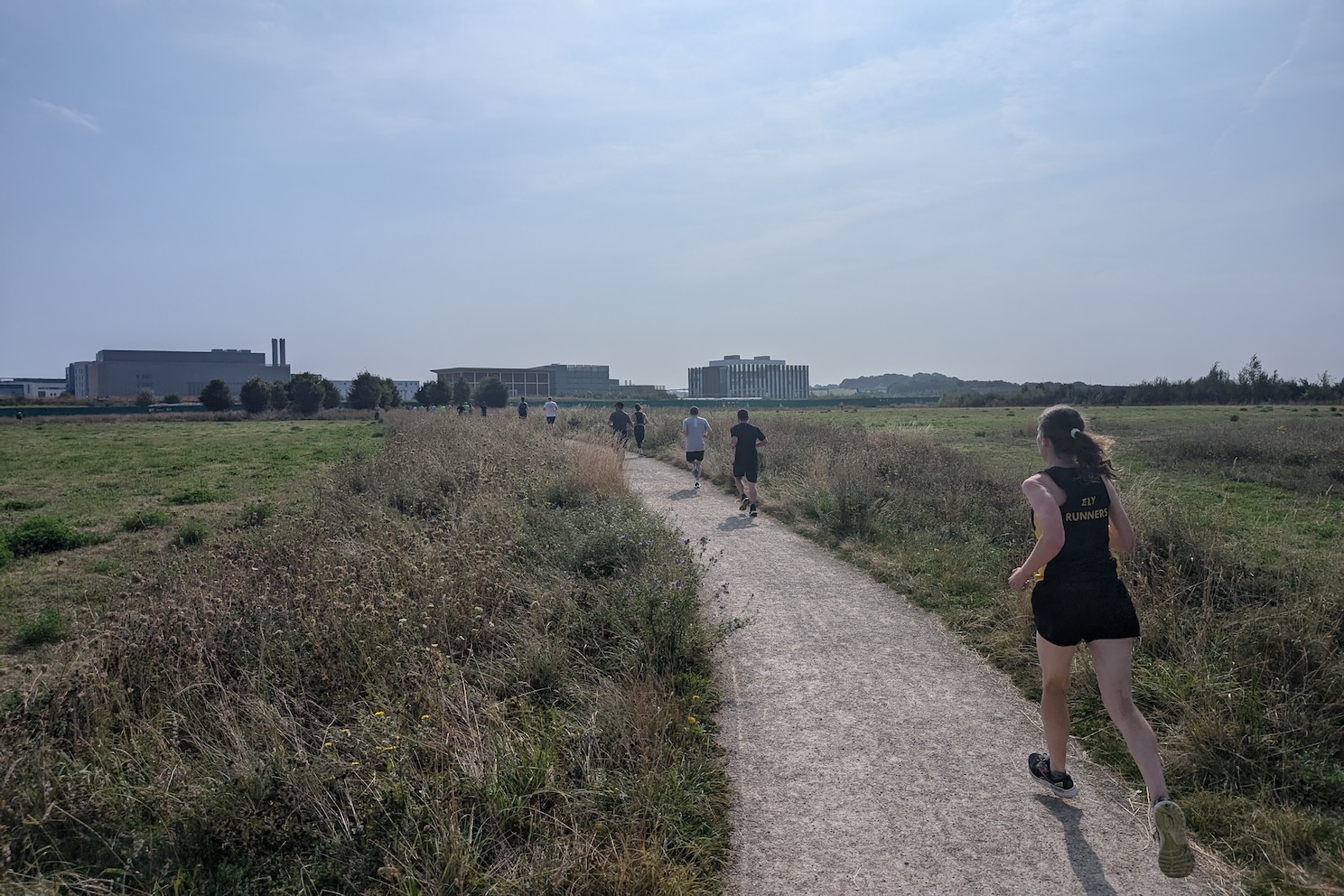
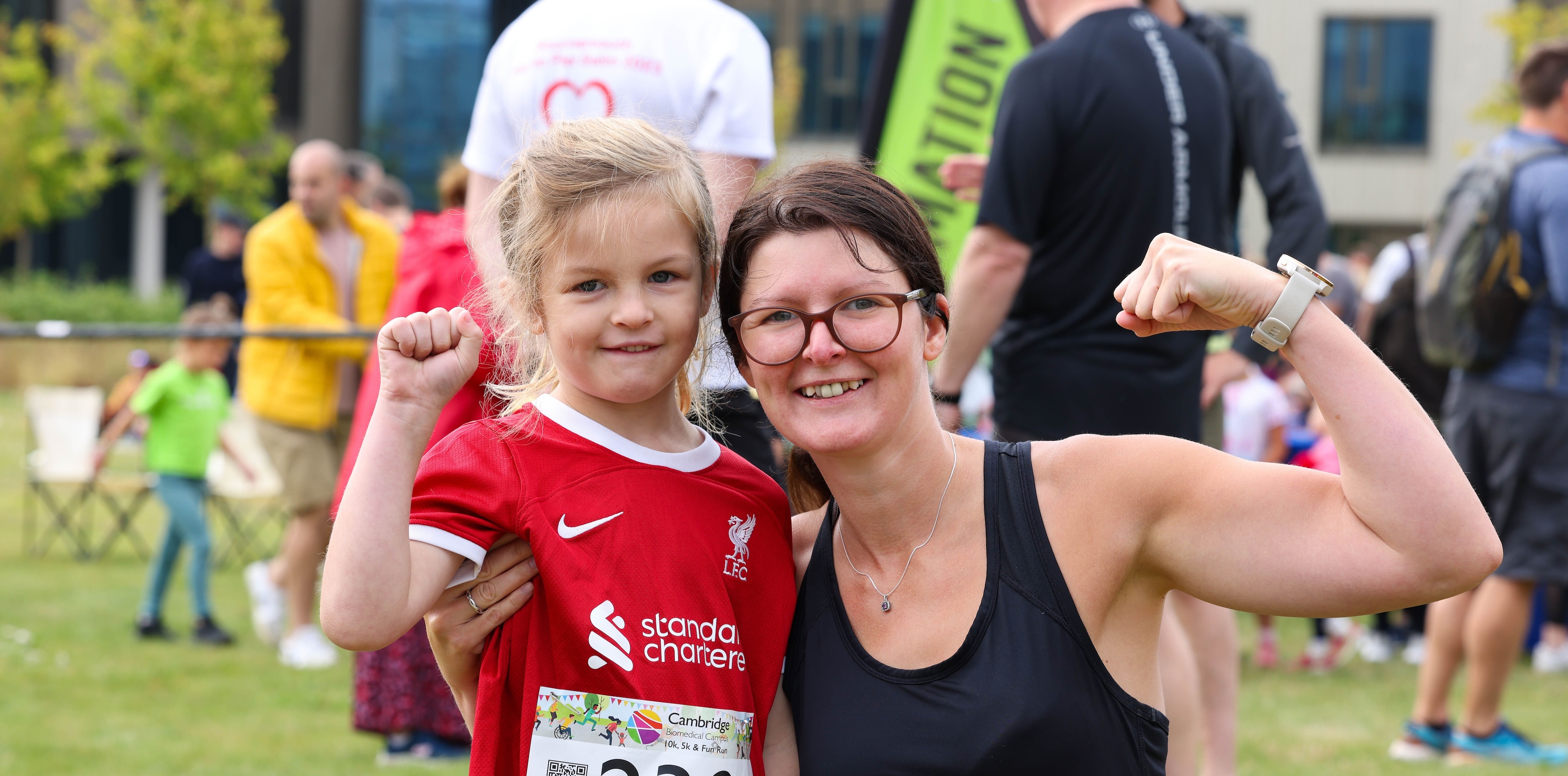
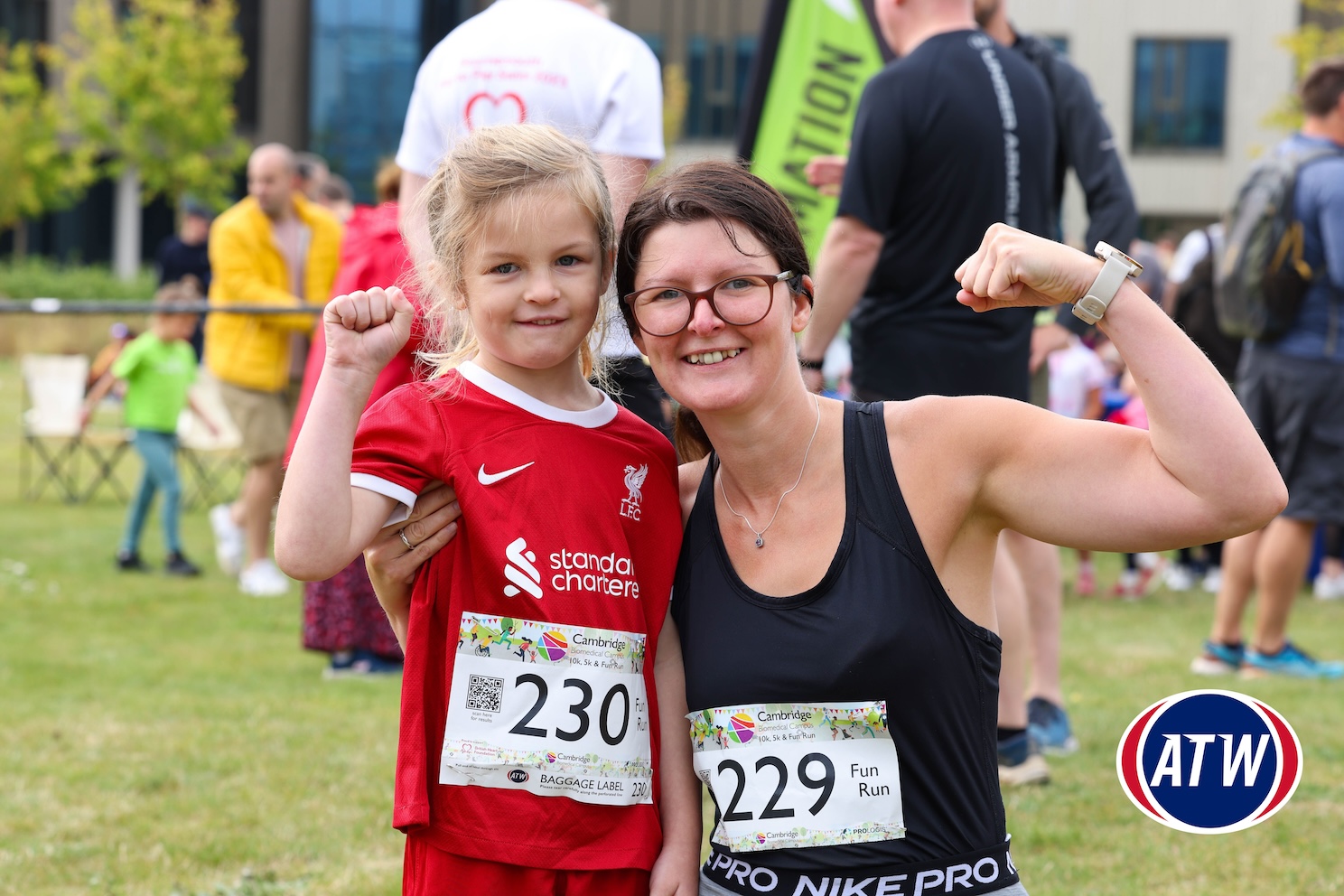
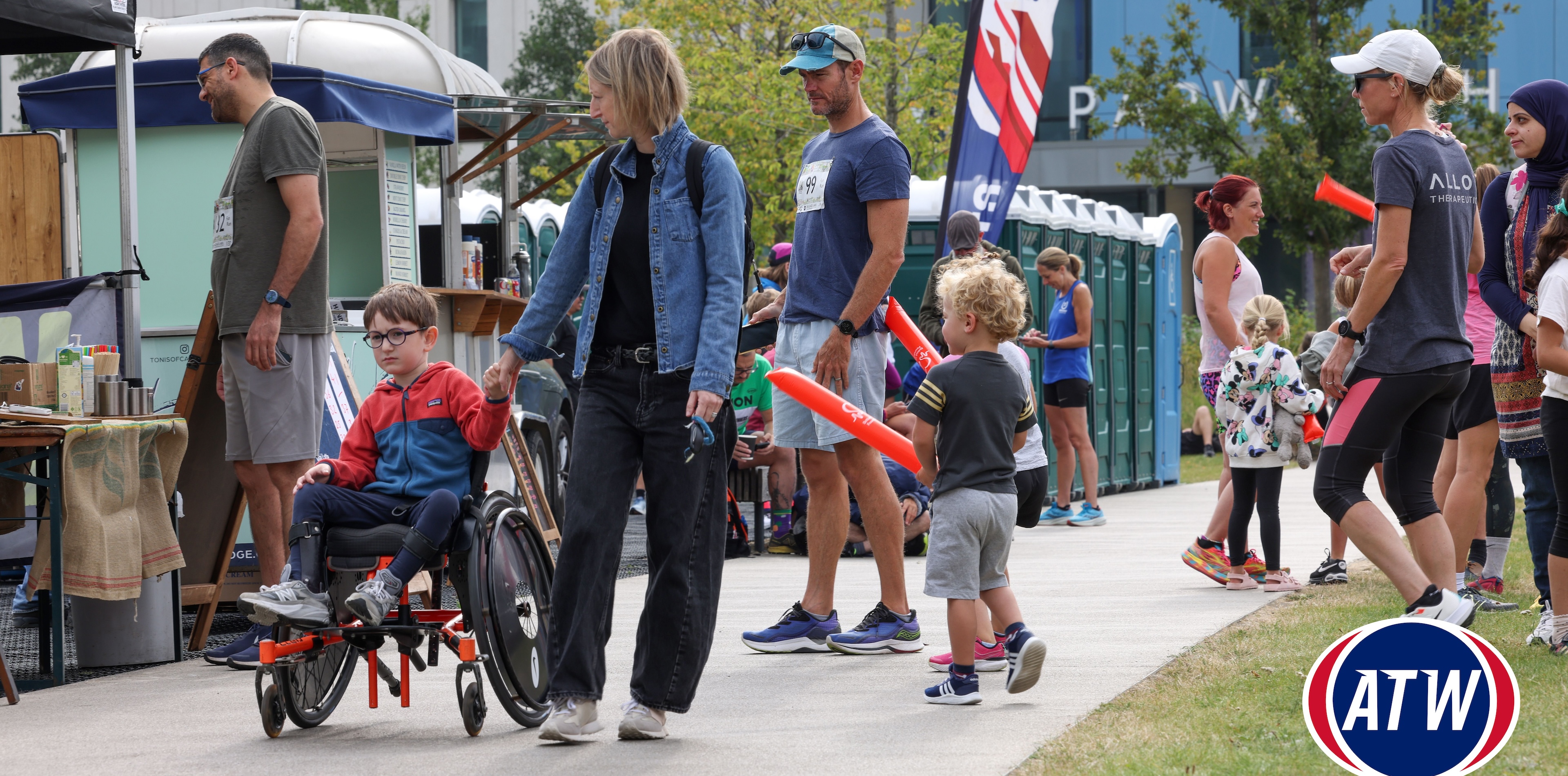
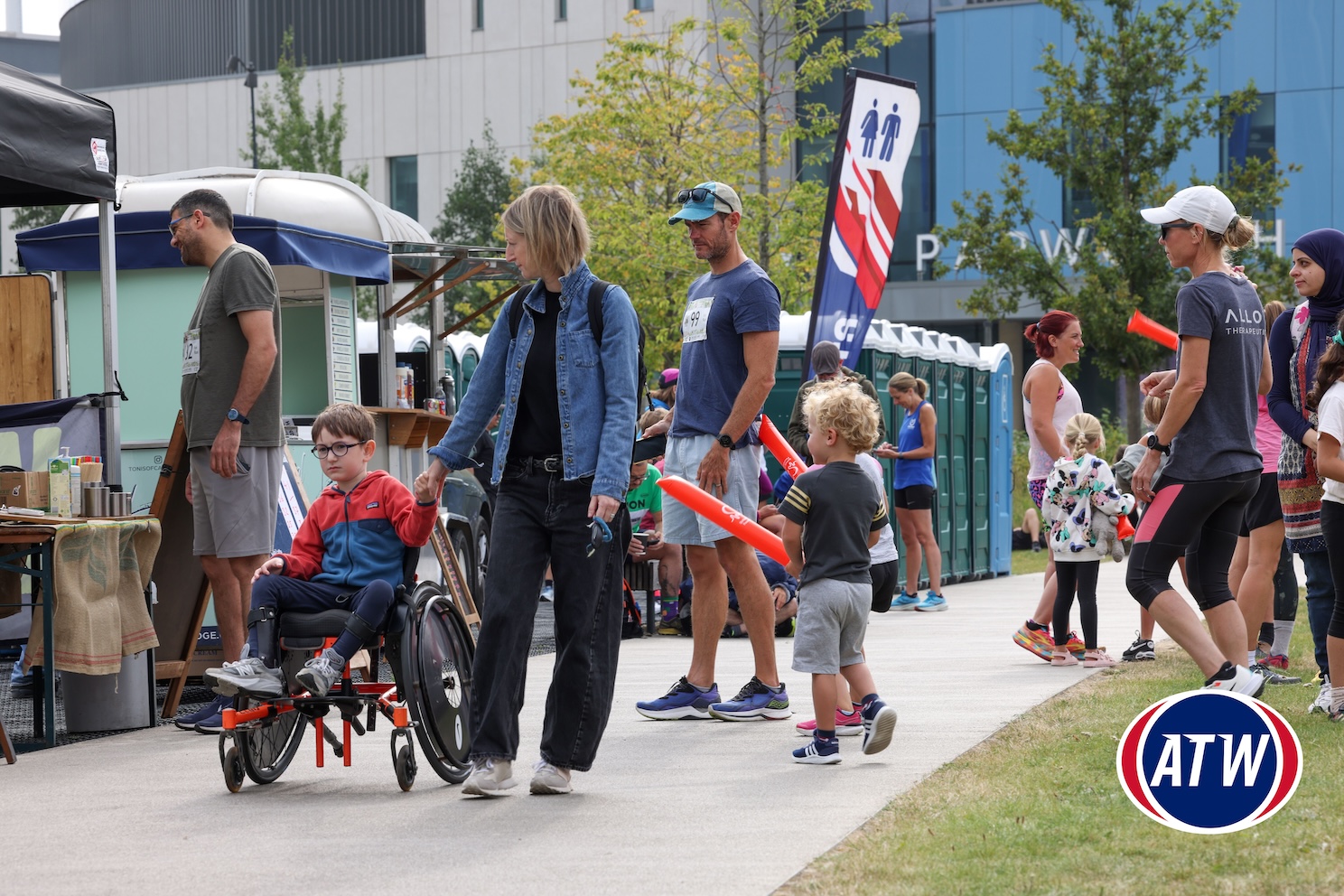
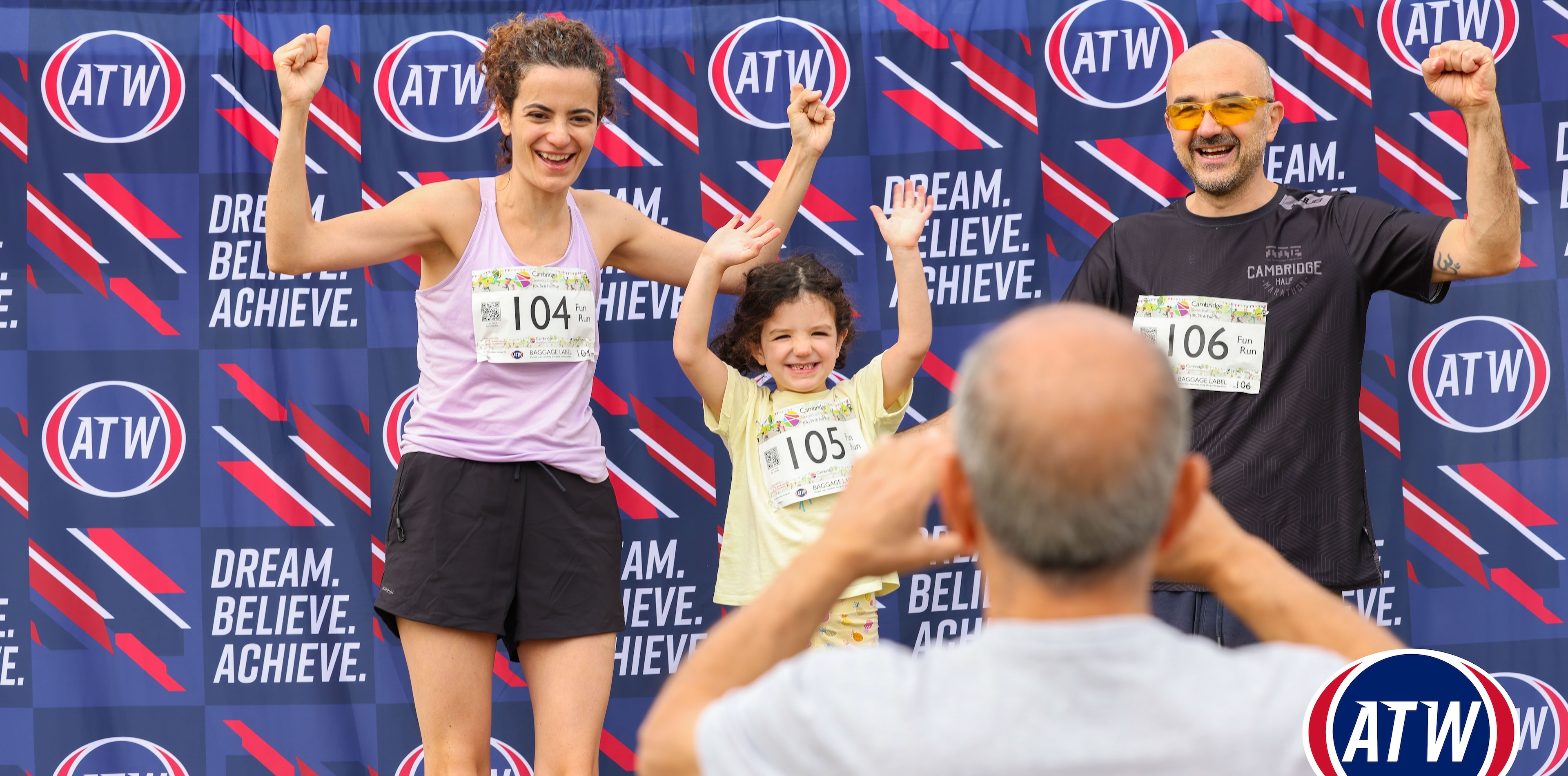
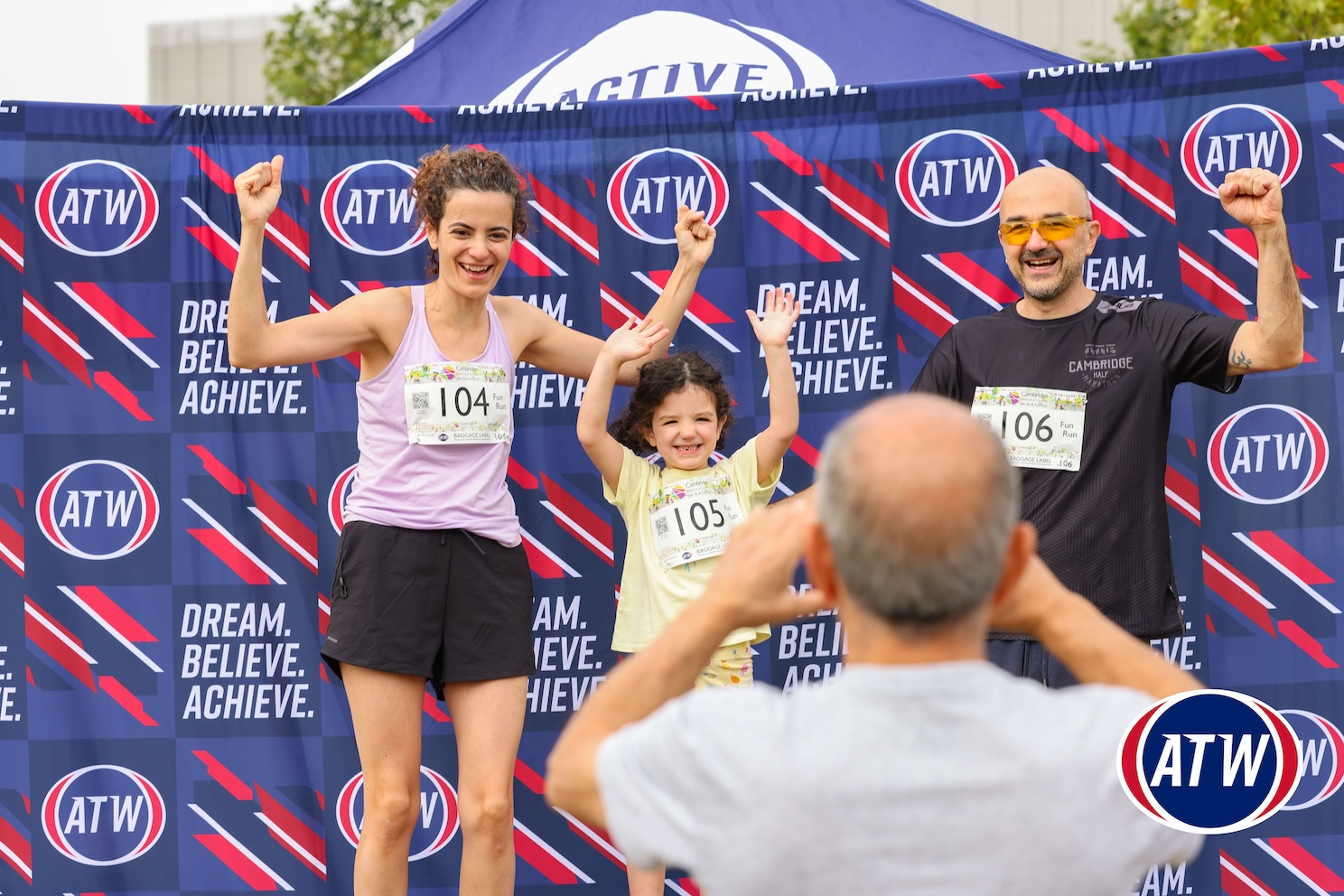
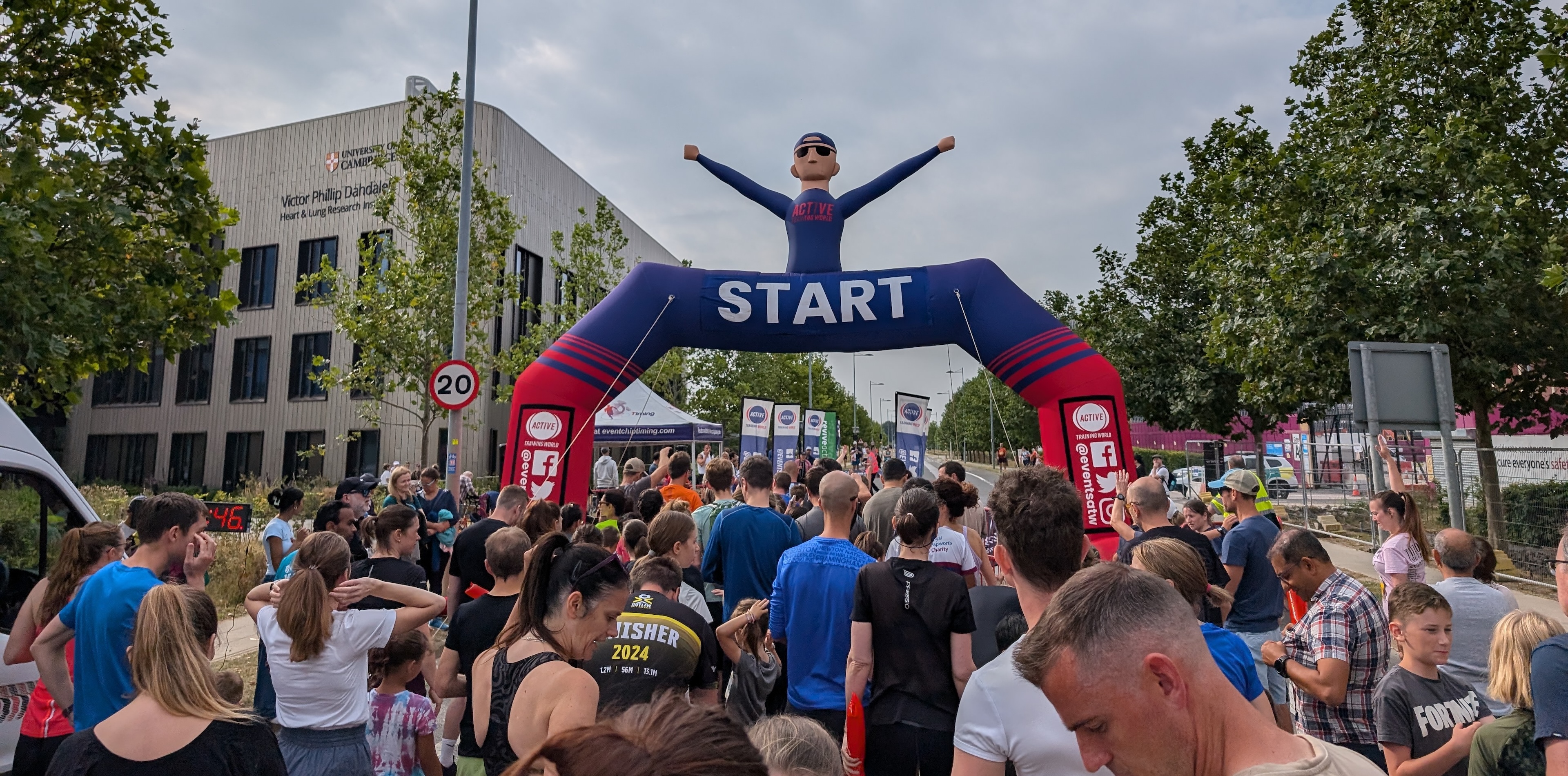
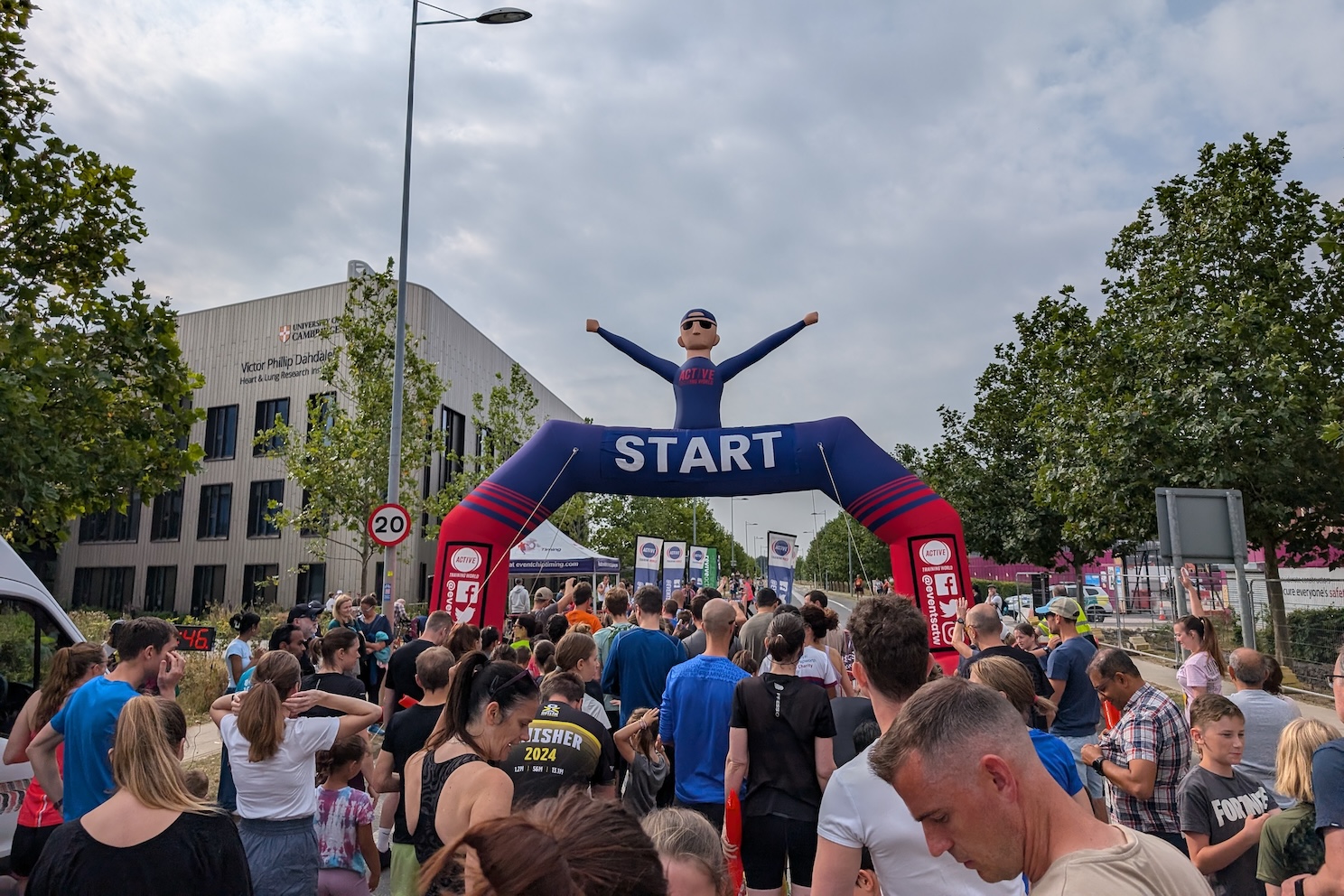
 back
back